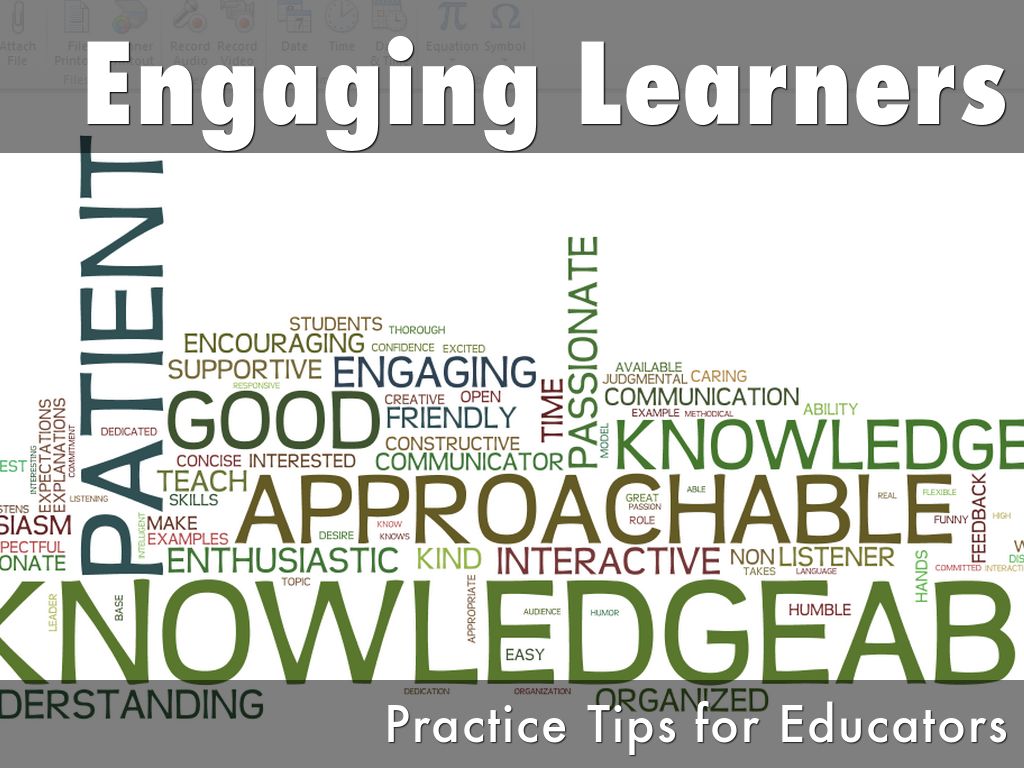Teaching Scholars Projects Guide
Published on Nov 18, 2015
An overview of Teaching Scholars Projects, developing and refining research questions, drafting project outline (lay summary for IRB project application), and identifying data sources and relevant methods; issues of consent
MORE DECKS TO EXPLORE
PRESENTATION OUTLINE
Your scholarly project will tell an important story.
Photo by HPUPhotogStudent
But first, there is work to do.
Photo by Justin in SD
Educational philosophy can influence what we ask and how we ask it, or might reveal our bias, motivation or assumptions.
Photo by knausssss
Vygotsky's zone of proximal development
Activity Theory
Photo by barbourians
Active Learning
Photo by dkuropatwa
Instructor-dependent Learning
Photo by symphony of love
Learning Theory frames how we study educational activities or processes
Photo by thebarrowboy
To EXPLORE how a particular teaching or assessment method works
Photo by giulia.forsythe
To EVALUATE a program
Photo by giulia.forsythe
To DESIGN curriculum
Photo by giulia.forsythe
Brainstorm with Colleagues
- Discuss how to phrase questions so they are SMART or FINER
- Identify potential challenges and data sources
Photo by Gwenaël Piaser
Qualitative Methods
- Focus groups
- Interviews
- Education records (e.g., assessments)
- Creative data (photographs, artwork)
- Conversation
Photo by pennstatenews
Quantitative Methods
- Descriptive statistics e.g., demographics
- Regression modeling
- Cluster analysis
Image source: Spear Ellinwood, et al. (2012)
Photo by European Southern Observatory
Mixed Methods
- Collect both qualitative and quantitative data
- Study Types: Demonstration of outcomes; program design or evaluation
- Example: Collecting information from participants in focus groups as well as relevant test scores
Photo by lumaxart
Analyze qualitative data systematically, by identifying themes, using categorizing & connecting strategies
Analyze Quantitative Data through descriptive statistics, comparing means, regression modeling, cluster analysis
Image source: Spear Ellinwood, et al. (2012)
Photo by European Southern Observatory
Combine statistical analysis of assessment scores with qualitative analysis of mid-term instructor feedback
Photo by alex.ragone
Can I use existing data?
Photo by jannekestaaks
Do I have permission to access and use it?
Photo by justgrimes
Will I need written, signed consent?
Photo by Wiertz Sébastien
The UA IRB has the answers @ http://bit.ly/ua-irb
Photo by cavale
You've got a project outline!
Source: Karen Spear Ellinwood, PhD, JD, EdS, Director, AMES/OMES Teaching Scholars Program, Faculty Instructional Development.
Theories of teaching and learning examples: Piaget maturation stages; Mazlow, Bloom's Taxonomy of cognitive engagement; Vygotsky's zone of proximal development
Theories of teaching and learning examples: Piaget maturation stages; Mazlow, Bloom's Taxonomy of cognitive engagement; Vygotsky's zone of proximal development
References
- Creswell, J. Research design: qualitative, quantitative, and mixed methods approaches 3rd edition. Sage; 2009.
- Charmaz K. Constructing grounded theory: A Practical Guide through Qualitative Analysis. London, UK: Sage; 2006.
Photo by warwick_carter
References
- Strauss A & Corbin J. Basics of qualitative research: Grounded Theory Procedures and Techniques. Newbury Park, CA: Sage; 1998.
Photo by warwick_carter
References
- Maxwell JA & Miller BA. Categorizing and Connecting Strategies in Qualitative Analysis. In, Handbook of Emergent Methods, SN Hesse-Biber & P Leavy (Eds.) NY:The Guilford Press; pp. 461-478, 2008.
Photo by warwick_carter
Karen Spear Ellinwood, PhD, JD, EdS
Director, AMES/OMSE Teaching Scholars Program, Faculty Instructional Dev.











